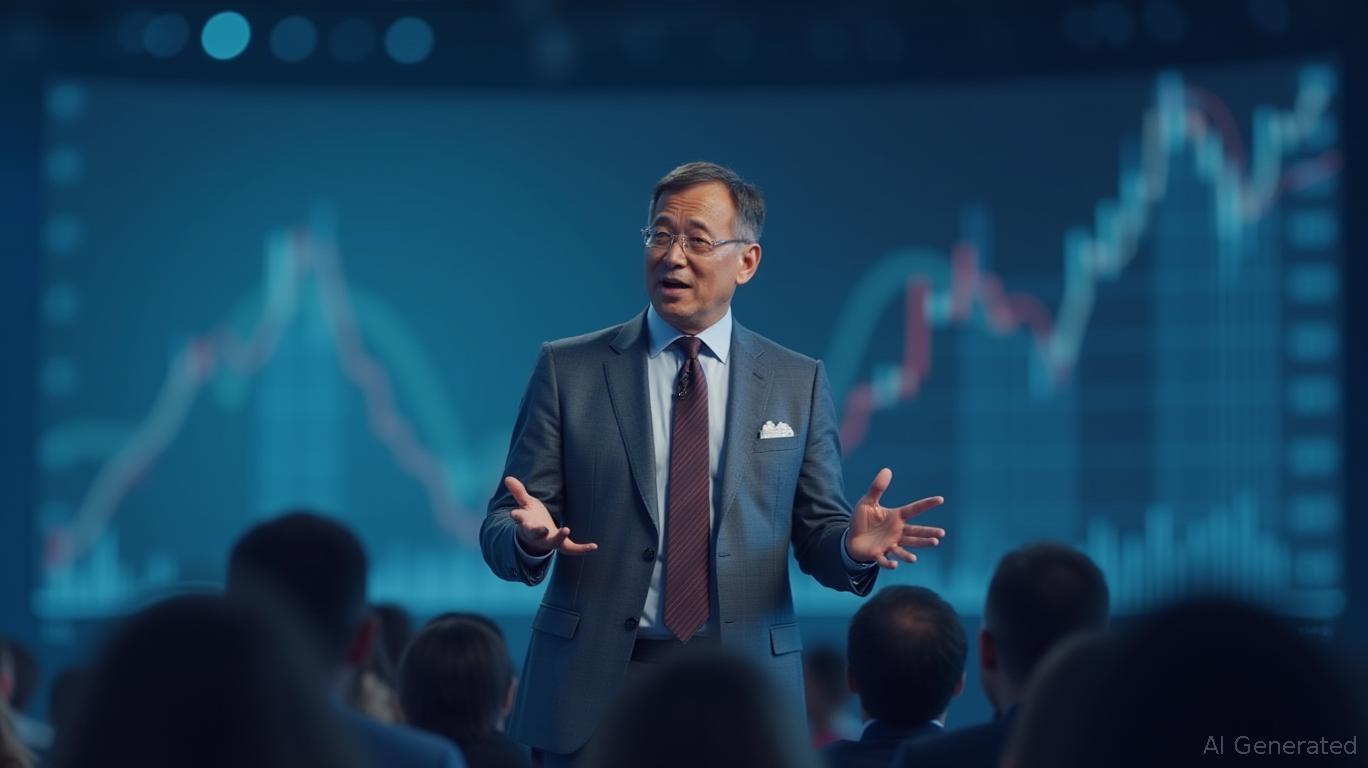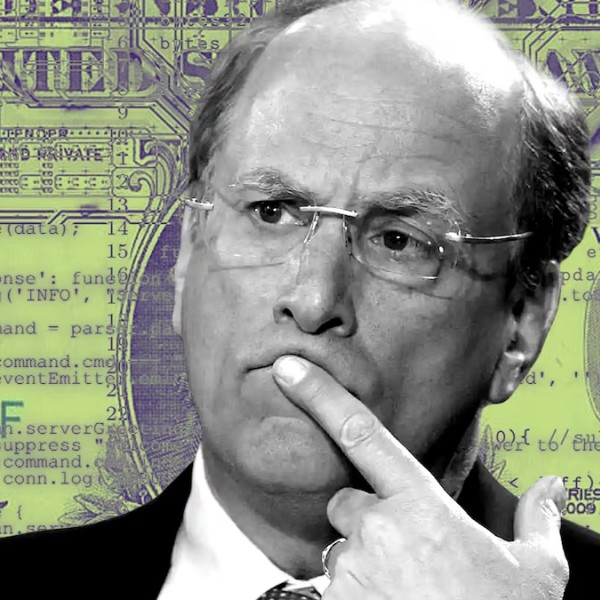"Service-Driven Storm: Why Inflation's Next Peak Defies Traditional Fixes"
- U.S. core PCE inflation is projected to peak at 2.9% in July 2025, driven by supply chain strains, rising service-sector costs, and wage inflation. - The Federal Reserve signals potential rate hikes in Q3 2025 but remains cautious to avoid over-tightening amid persistent demand and geopolitical energy shocks. - Services-driven inflation complicates policy responses, with wage growth and structural economic shifts sustaining pressure despite goods-sector moderation. - Emerging markets face heightened fina
The U.S. economy’s core personal consumption expenditures (PCE) inflation is expected to reach a peak of 2.9% in July 2025, according to the latest economic projections compiled by the Bureau of Economic Analysis and private sector forecasters. This figure represents a significant increase from the current core PCE rate of approximately 2.1%, reflecting the persistent pressures from supply chain constraints, rising service-sector costs, and continued wage inflation across key industries [1].
Analysts attribute the anticipated rise in core PCE inflation to multiple factors. The Federal Reserve's gradual approach to tightening monetary policy, combined with strong consumer demand, has kept inflationary pressures elevated. Service-sector prices, particularly in transportation, healthcare, and accommodation, have been key contributors. Additionally, energy prices remain near multi-year highs due to geopolitical tensions in the Middle East and reduced production in key oil-exporting regions [1].
In response to the projected inflationary surge, the Federal Open Market Committee (FOMC) has signaled a cautious stance, with policymakers indicating a potential rate increase in the third quarter of 2025. However, the central bank has also hinted at a more measured approach if inflationary pressures begin to moderate before the year's end. This conditional approach reflects the Fed's desire to avoid over-tightening, which could risk a prolonged recession [2].
The projected 2.9% core PCE rate in July 2025 would mark the highest level since the early 2022 inflation spike, though it remains below the peak of 3.4% recorded in 2022. Economists note that the composition of inflation has shifted, with a greater emphasis on services rather than goods, reflecting broader structural changes in the U.S. economy. This shift complicates monetary policy, as services inflation is less responsive to traditional demand-side interventions [3].
Market participants are closely monitoring the U.S. Treasury yield curve and employment data to gauge the Fed’s next move. The 10-year minus 2-year Treasury yield has been flattening, a potential indicator of looming economic slowdown. Meanwhile, nonfarm payrolls have shown continued strength, with average hourly earnings rising at a 3.8% annual rate, contributing to expectations of wage-driven inflation persistence [4].
The upcoming inflation peak is also expected to have international implications, particularly in emerging markets, where capital flows may slow if U.S. interest rates remain elevated. While the impact will vary by region, analysts warn that countries with high levels of dollar-denominated debt could face increased financial stress in the near term [5].
Source:

Disclaimer: The content of this article solely reflects the author's opinion and does not represent the platform in any capacity. This article is not intended to serve as a reference for making investment decisions.
You may also like
The CEO of the world's largest asset management firm: The scale of "crypto wallets" has exceeded $4 trillion, and "asset tokenization" is the next "financial revolution"
BlackRock has revealed its goal to bring traditional investment products such as stocks and bonds into digital wallets, targeting this ecosystem worth over $4 trillion.

Brevis releases Pico Prism, enabling real-time Ethereum proofs on consumer-grade hardware
Pico Prism (zkVM) has improved its performance efficiency by 3.4 times on the RTX 5090 GPU.

Is sandwich attack illegal too? MIT prodigy brothers who profited $25 million to stand trial
The victim is an MEV bot.

